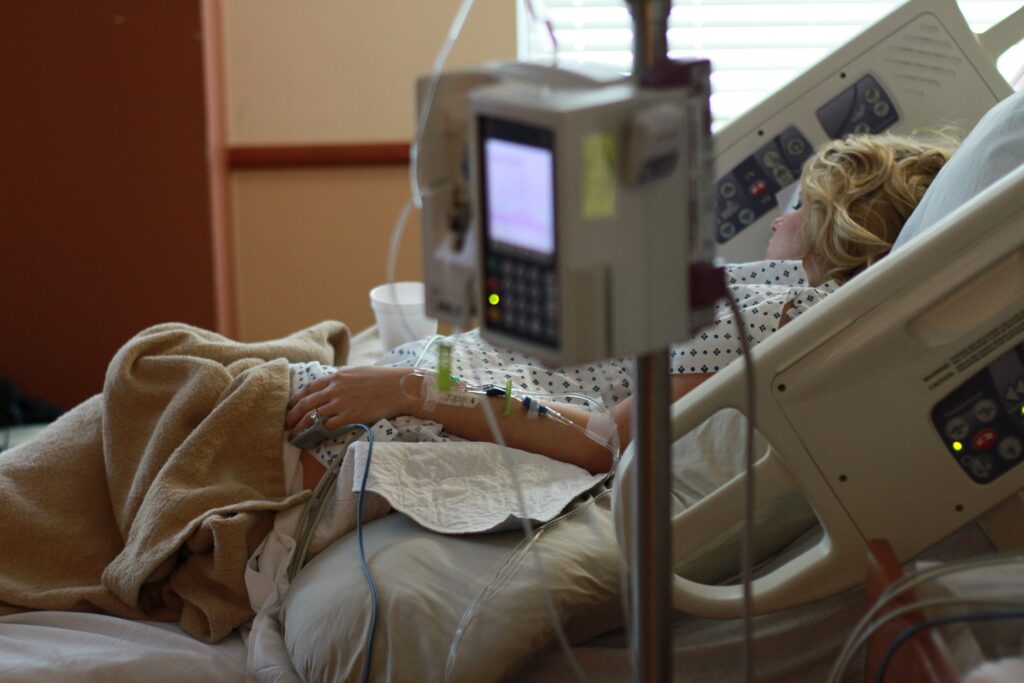
What are ALS death signs? ALS is a progressive neuromuscular disease. Symptoms usually begin in the limbs, but may appear in other areas. It can be fatal.
The disease can be diagnosed by a simple blood test. It can also be inherited. Research continues to uncover the causes of ALS. If you want to know about ALS death signs please keep reading.
ALS is caused by degeneration of the motor neurons
ALS is caused by degeneration of the motor neurons, which are nerve cells that control voluntary muscle movements. The motor neurons are located in the brain, spinal cord, and brain stem. The disease causes muscle weakness, stiffening, and loss of tone. The symptoms of ALS are not usually painful. Know the ALS death signs.
ALS is a fatal disease. People with the disease have difficulty breathing, swallowing, and moving. They may also develop pneumonia and malnutrition. The most common cause of death is respiratory failure. The muscles involved in breathing are damaged in ALS.
Most ALS patients die within three to five years. During the early stages of ALS, the symptoms are usually not uncomfortable or painful. However, as the disease progresses, the symptoms become more obvious. They include difficulty walking, speaking, and holding objects.
ALS can affect people of all ages, races, and ethnic backgrounds. The disease is inherited in about five to 10 percent of cases. However, most cases are sporadic. The disease is usually diagnosed after a person reaches age 55. The CDC estimates that around 12,000 to 15,000 people in the United States have ALS. The disease affects men slightly more than women.
People who have ALS are at an increased risk for pneumonia, dehydration, and malnutrition. The disease can cause problems with swallowing, which can lead to a lack of nutrition. A feeding tube can be used to ensure proper nutrition.
Symptoms of slow progressing ALS
Symptoms of slow progressing ALS are characterized by muscle weakness, atrophy, and twitching. They can cause difficulties with breathing, swallowing, and daily tasks. Many patients also complain of muscle pain and cramps. Fortunately, treatments can ease pain and prevent muscle atrophy.
When symptoms of slow progressing ALS first begin, they are often mild. Oftentimes, they affect just one part of the body, though they can affect several body regions at the same time. This can make it difficult to determine if the symptoms are caused by another health problem.
The most common initial symptom of ALS is muscle weakness. This may also involve cramping or twitching. The muscles in the neck, face, and throat may become weak and unable to move.
In the middle stage of ALS, the symptoms become more serious. Several of the symptoms of slow progressing ALS affect the muscles in the mouth, throat, and nose. They cause difficulty with swallowing, coughing, and breathing. These symptoms can lead to choking and pneumonia. In the later stages of ALS, patients may require a breathing tube or ventilator.
ALS symptoms of slow progressing ALS can also affect the bowels. They may cause difficulty with chewing or swallowing. Patients may also experience excessive salivation. Excessive salivation can cause drooling.
Many ALS patients also have difficulty walking. This can lead to painful joint complications. Medications may also help with pain and depression. Physical therapy can also help with discomfort caused by the stiffness of muscles.
ALS respiratory failure signs
ALS (amyotrophic lateral sclerosis) is a neurodegenerative disorder that is characterised by the loss of function in upper and lower motor neurons. As the disease progresses, patients experience symptoms including respiratory failure. Respiratory failure can be treated with the use of non-invasive breathing support.
Respiratory failure in ALS occurs when the lungs are unable to adequately provide enough oxygen to the body. In the early stages of the disease, respiratory failure is usually only a symptom. But it can occur in the later stages as well.
Respiratory failure is a common cause of death in ALS. It is also a common cause of morbidity. Patients with ALS are often at high risk for pneumonia. A tracheostomy is often used to provide positive pressure air to the lungs.

A number of different tests are used to investigate respiratory function. These tests are non-volitional and can be carried out in the hospital or at home. Some tests are also used to assess the severity of respiratory failure.
A routine measurement of forced vital capacity is an important tool for determining prognosis and timing interventions. The test may also be useful in determining whether or not a patient requires a gastrostomy tube.
A gastrostomy feeding procedure may provide nutritional support to patients with severe dysphagia. This procedure is also an effective way to improve ALS health outcomes. However, patients with bulbar involvement are usually difficult to manage.
ALS symptoms can have a significant impact on a patient’s quality of life. In addition to respiratory failure, patients can experience fatigue, headaches, and linguistic disorientation.
How is ALS diagnosed?
ALS (Amyotrophic lateral sclerosis) is a neurodegenerative disease that causes muscles to weaken and atrophy. People with ALS experience progressive muscle weakness, paralysis, and breathing difficulties.
The diagnosis of ALS is usually made by a physician based on a patient’s symptoms. However, it may be necessary to get a second opinion from a neurological professional to confirm a diagnosis.
The most common symptoms of ALS include muscle weakness, paralysis, difficulty with swallowing, and difficulty with breathing. However, not all people with ALS develop these symptoms. ALS can be diagnosed by using blood, urine, and other laboratory tests.
The first symptom of ALS is muscle weakness, which is often seen in the arms, legs, and feet. As the disease progresses, the muscles become smaller and lose nourishment.
The doctor may perform a nerve conduction study to determine if there are nerve issues. Motor neurons in the brain and spinal cord can affect the muscles in the arms and legs for speaking, breathing, swallowing, and chewing.
A lumbar puncture, also known as a spinal tap, can also be performed to determine pressure in the spinal canal. This procedure is also used to identify other health problems, such as spinal cord tumors. The spinal tap uses a small needle in the lower back to remove a small amount of cerebrospinal fluid.
In addition to a lumbar puncture, the doctor may order a nerve conduction study and blood tests to evaluate the condition of the muscles. Electromyography (EMG) can be performed to detect electrical activity in muscles. This can help to guide exercise therapy.
If you liked the article, please donate!
